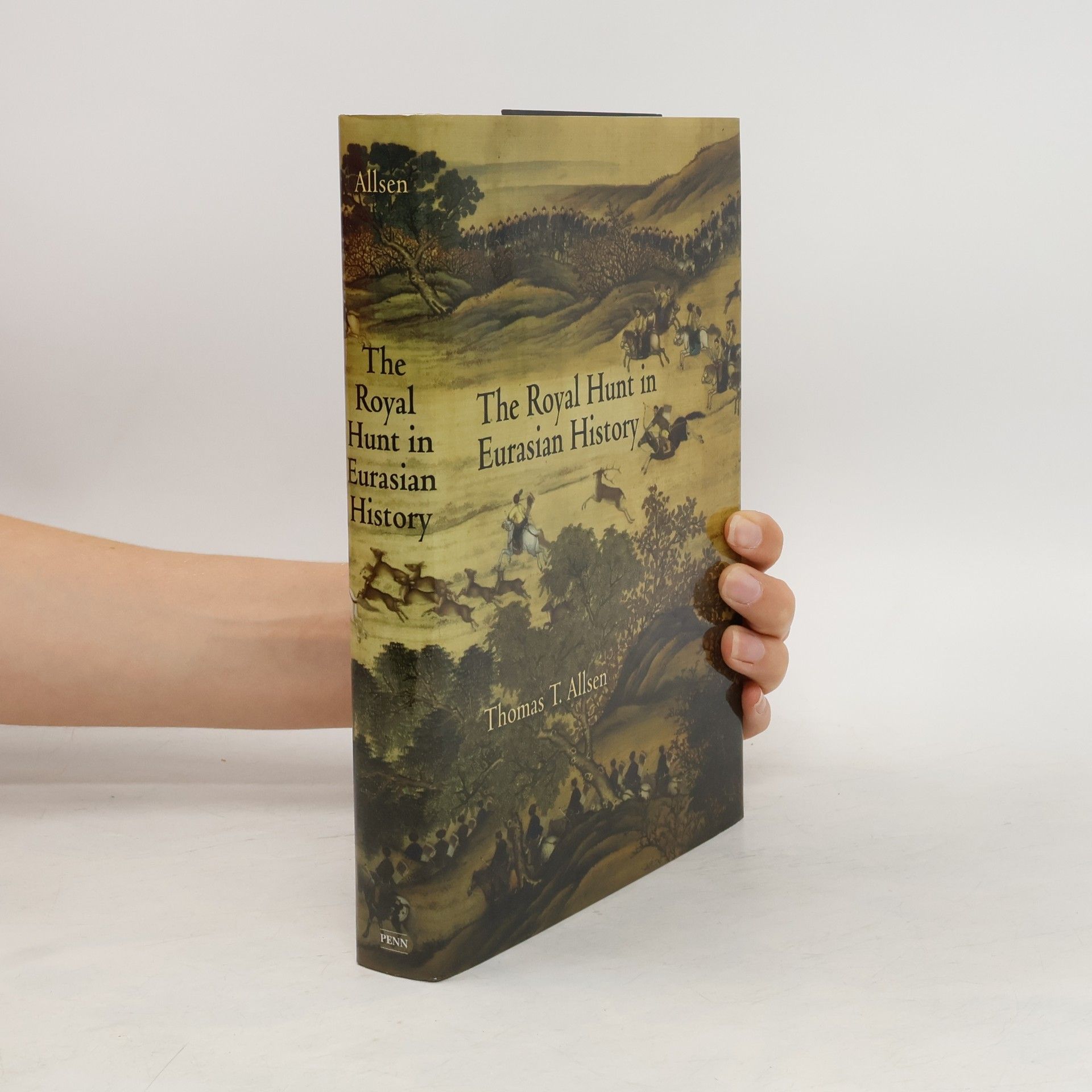The Royal Hunt in Eurasian History
- 406 pages
- 15 hours of reading
From antiquity to the nineteenth century, the royal hunt was a vital component of the political cultures of the Middle East, India, Central Asia, and China.


From antiquity to the nineteenth century, the royal hunt was a vital component of the political cultures of the Middle East, India, Central Asia, and China.
Focusing on the thirteenth-century Mongol Empire, this study explores the significant cultural exchanges between Iran and China. It highlights how the Mongol rulers facilitated the flow of commodities, ideologies, and technologies across Eurasia, fostering collaboration among scholars and specialists. The book examines various fields, including cartography, agriculture, and astronomy, while questioning the motivations behind the Mongols' reliance on sedentary experts to enrich their court culture and promote cross-cultural interactions.